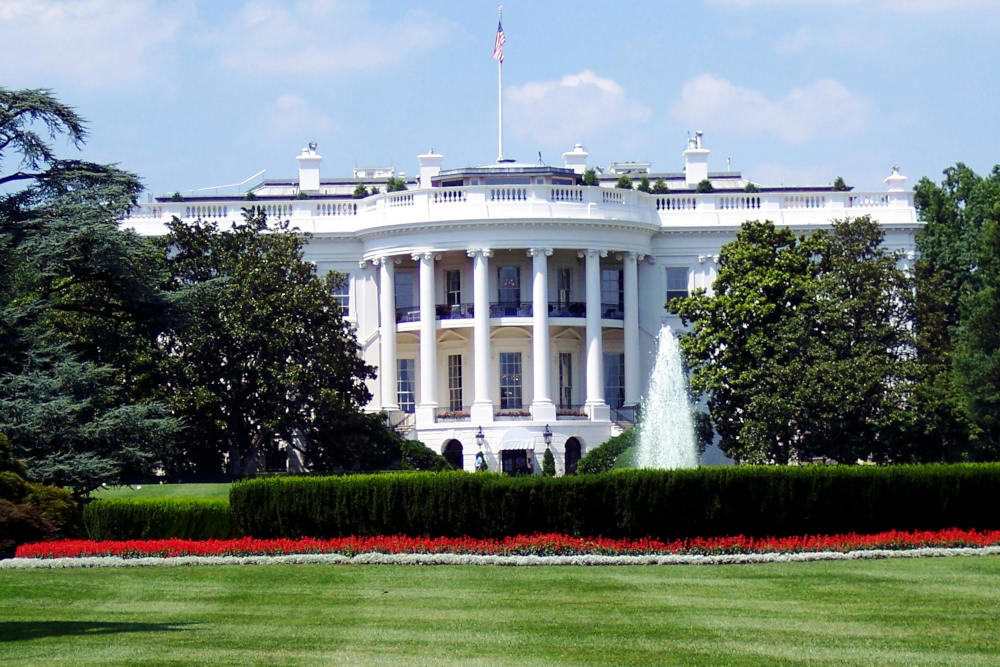
In the late 2000s, a new wave of political activism swept across America. The Tea Party movement—a grassroots uprising fueled by frustration with big government, soaring debt, and overregulation—reshaped modern conservatism and left an enduring mark on U.S. politics.
More than a decade later, its influence can still be felt in Congress, state governments, and grassroots organizing. The Tea Party was more than a protest—it was a declaration of principle, a call to return to America’s founding values of limited government, fiscal responsibility, and individual liberty.
Panaprium is independent and reader supported. If you buy something through our link, we may earn a commission. If you can, please support us on a monthly basis. It takes less than a minute to set up, and you will be making a big impact every single month. Thank you!
The Origins of the Tea Party Movement
The Tea Party began in 2009 as a response to what many Americans saw as government overreach during the financial crisis. The tipping point came with the federal bailouts, stimulus spending, and the passage of the Affordable Care Act.
-
Grassroots Spark: CNBC’s Rick Santelli’s on-air rant against government bailouts ignited the movement.
-
Historical Inspiration: Drawing from the Boston Tea Party of 1773, activists saw themselves as modern patriots resisting taxation and central control.
-
Citizen-Led Energy: Unlike traditional political groups, the Tea Party was decentralized, relying on local chapters, social media, and community organizing.
The early rallies and town hall protests captured national attention and revealed a powerful undercurrent of discontent with Washington’s growing influence.
Core Principles That Defined the Movement
At its heart, the Tea Party was driven by values rooted in America’s founding vision:
-
Limited Government: Opposition to federal overreach and bureaucratic control.
-
Fiscal Responsibility: Advocacy for balanced budgets, reduced spending, and lower taxes.
-
Constitutional Originalism: A renewed commitment to the founding documents as the framework for governance.
-
Individual Liberty: Belief in personal responsibility and economic freedom.
These principles resonated deeply with millions of Americans who felt their voices were ignored by both major parties.
The Tea Party’s Role in Transforming the Republican Party
The Tea Party revolutionized the Republican Party, reshaping its priorities and political tone.
-
2010 Midterm Surge: The movement helped elect a new wave of conservative lawmakers, flipping the House of Representatives and halting many of President Obama’s legislative goals.
-
Fiscal Conservatism Revived: The Tea Party forced debates over debt ceilings, spending cuts, and government accountability back into the spotlight.
-
Rise of Anti-Establishment Conservatism: Candidates who identified with the movement emphasized independence from traditional party elites.
This shift revitalized conservative energy and redefined Republican messaging for the next decade.
The Tea Party’s Grassroots Legacy
The movement’s greatest strength was its grassroots foundation. Ordinary Americans—teachers, small business owners, veterans, and retirees—became organizers and advocates for change.
-
Community Mobilization: Local chapters coordinated protests, educational events, and campaigns.
-
Citizen Activism: Participants learned how to contact legislators, draft petitions, and engage in local government.
-
Digital Organization: Social media became a key tool, allowing rapid communication and mass mobilization without reliance on traditional media.
This model of citizen-driven activism inspired later conservative movements and demonstrated the enduring power of local engagement.
The Tea Party’s Impact on Policy and Governance
While the movement’s energy eventually waned, its impact on U.S. policy was significant:
-
Budget Control and Spending Cuts: Tea Party-backed legislators championed the Budget Control Act of 2011, which capped federal spending growth.
-
Tax Reform Momentum: Advocacy for lower taxes and simpler systems laid the groundwork for later reforms like the 2017 Tax Cuts and Jobs Act.
-
Regulatory Awareness: The movement popularized skepticism toward unelected agencies and administrative overreach.
These policy debates continue to shape fiscal and constitutional discussions in Washington today.
The Cultural Influence of the Tea Party
Beyond politics, the Tea Party shifted the cultural conversation about American identity and patriotism.
-
Renewed Civic Pride: American flags, constitutional references, and historical awareness became central symbols.
-
Education and Awareness: The movement inspired a new wave of conservative think tanks, youth programs, and educational initiatives.
-
Mainstreaming the “Silent Majority”: The Tea Party gave voice to citizens who felt marginalized by the political establishment and mainstream media.
In many ways, the movement reawakened pride in America’s founding ideals and reinvigorated public discourse about the meaning of freedom.
Criticism and Challenges
Like any large movement, the Tea Party faced criticism and challenges:
-
Media Misrepresentation: Many mainstream outlets portrayed it as extreme or fringe.
-
Internal Divisions: Differences in focus—fiscal conservatism, social issues, or populist messaging—sometimes caused fragmentation.
-
Institutional Resistance: Established political leaders often resisted the movement’s outsider influence.
Despite these challenges, the Tea Party maintained remarkable grassroots strength and transformed political engagement for a generation.
From Tea Party to Populism: The Next Chapter
The Tea Party paved the way for later conservative movements that emphasized populist and America-first values.
-
Continuity of Themes: Concerns over government overreach, trade, and cultural identity carried forward into the 2016 and 2020 elections.
-
Digital Organization Evolution: Social media activism pioneered by the Tea Party became central to later political movements.
-
Local and State Influence: Many Tea Party alumni transitioned into leadership roles, shaping policies at state and federal levels.
The movement’s populist energy continues to influence American conservatism, ensuring that its spirit endures long after its peak.
The Lasting Legacy of the Tea Party Revolution
The Tea Party’s most important contribution was not just political—it was philosophical. It reminded Americans that power begins with the people, not Washington.
Its success showed that civic engagement and constitutional principles could challenge entrenched power structures and shift national direction. By reasserting faith in free markets, local control, and moral integrity, the Tea Party revived foundational ideals that remain central to conservative identity today.
Lessons for Modern Conservatives
Today’s conservatives can draw key lessons from the Tea Party’s legacy:
-
Grassroots Power Matters: Real change starts locally, with informed and motivated citizens.
-
Principles Over Politics: Staying rooted in values like fiscal responsibility and limited government prevents mission drift.
-
Engagement Is Ongoing: Political influence requires persistence—beyond elections, into everyday governance.
-
Unity Through Purpose: Focusing on shared goals over internal divisions strengthens movements long-term.
These lessons are as relevant in 2025 as they were in 2010.
Conclusion
The Tea Party revolution was one of the most significant grassroots movements in modern American history. It reshaped conservative politics, influenced policy debates, and reminded citizens that freedom requires constant vigilance.
Though the rallies have faded, the movement’s ideas—personal liberty, fiscal discipline, and constitutional fidelity—continue to guide conservative politics. Its legacy lives on through a new generation of Americans who still believe in the enduring promise of self-government and the power of the people to shape their nation’s destiny.
Call to Action
Conservatives can honor the Tea Party’s legacy by staying engaged at the grassroots level—attending local meetings, supporting fiscally responsible candidates, and educating others about America’s founding principles. The spirit of the Tea Party lives in every citizen who stands up for limited government, liberty, and accountability in 2025 and beyond.
Was this article helpful to you? Please tell us what you liked or didn't like in the comments below.
Disclaimer: The above content do not necessarily reflect the opinions of Panaprium. Panaprium does not guarantee, vouch for or necessarily endorse any of the above content, nor is responsible for it in any manner whatsoever. Any opinions expressed here are based on personal experiences and should not be viewed as an endorsement or guarantee of specific outcomes. Political commentary should be taken with a critical perspective due to the subjective nature of politics.
About the Author: Alex Assoune
What We're Up Against
Multinational corporations overproducing cheap products in the poorest countries.
Huge factories with sweatshop-like conditions underpaying workers.
Media conglomerates promoting unethical, unsustainable products.
Bad actors encouraging overconsumption through oblivious behavior.
- - - -
Thankfully, we've got our supporters, including you.
Panaprium is funded by readers like you who want to join us in our mission to make the world entirely sustainable.
If you can, please support us on a monthly basis. It takes less than a minute to set up, and you will be making a big impact every single month. Thank you.































0 comments